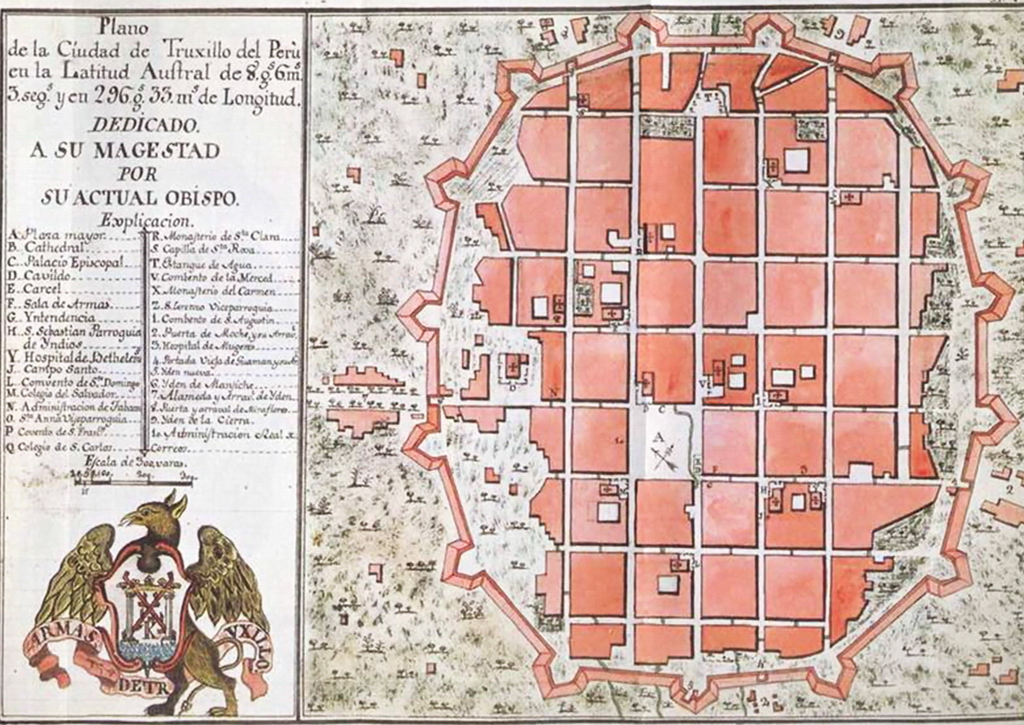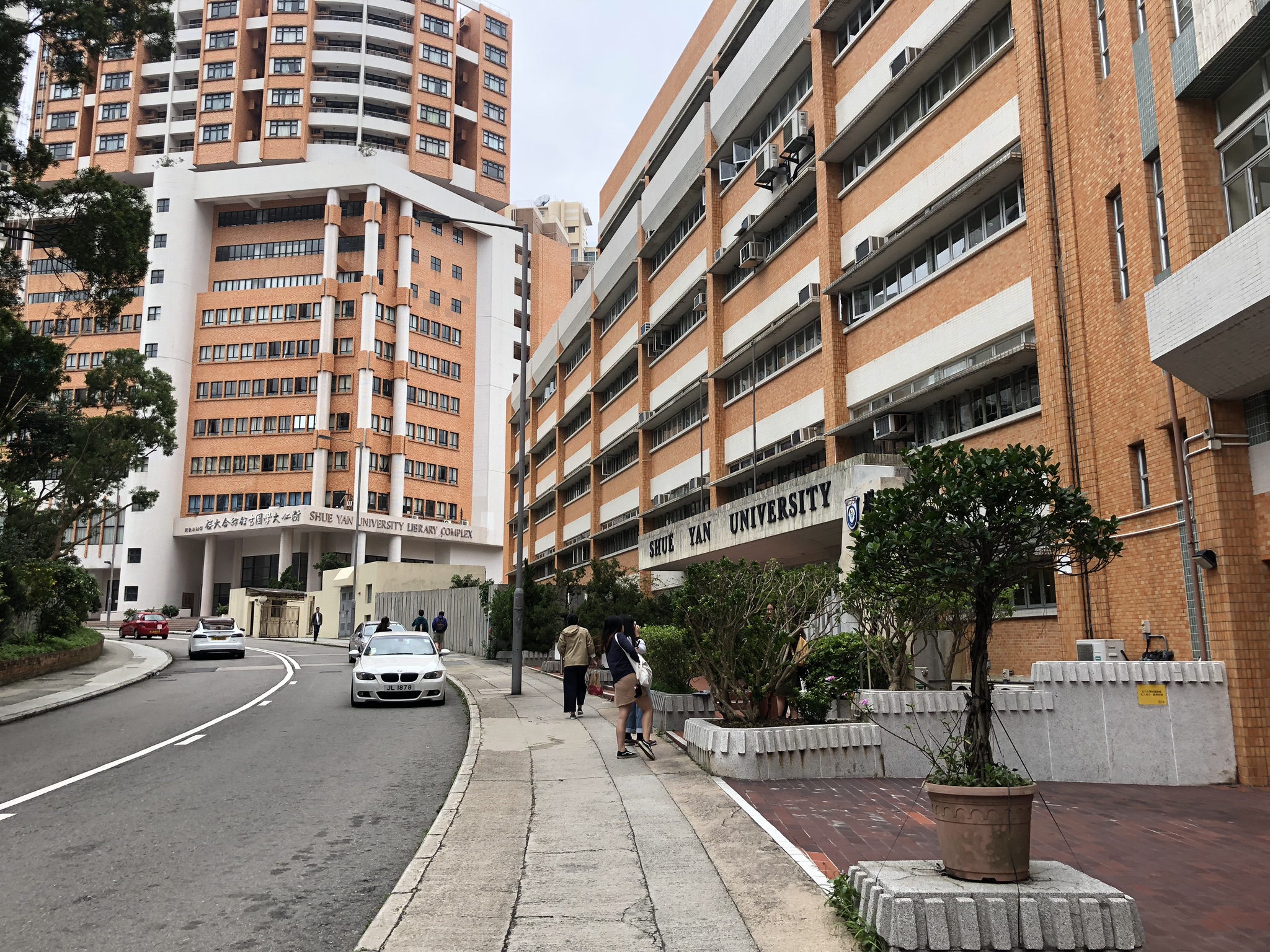|
Private University Of The North
Northern Private University () is a private university located in Trujillo, Peru. It was established by the Peruvian Congress Law N° 26275, on November the 5th, 1993. The academic activities in the University began on August the 15th, 1994. The Northern Private University has four campuses in Trujillo and Cajamarca and Lima respectively. Today, the University has about 10,000 students enrolled in undergraduate study programs, along with the undergraduate programs, the Northern Private University offers postgraduate programs as well. Since September 15, 2007, it has become a member of Laureate International Universities. External linksUPN Website(Spanish Spanish might refer to: * Items from or related to Spain: **Spaniards are a nation and ethnic group indigenous to Spain **Spanish language, spoken in Spain and many countries in the Americas **Spanish cuisine **Spanish history **Spanish culture ...)UPN Laureate International Universities website Educational institutions e ... [...More Info...] [...Related Items...] OR: [Wikipedia] [Google] [Baidu] |
Private University
Private universities and private colleges are higher education institutions not operated, owned, or institutionally funded by governments. However, they often receive tax breaks, public student loans, and government grants. Depending on the country, private universities may be subject to government regulations. Private universities may be contrasted with public universities and national universities which are either operated, owned or institutionally funded by governments. Additionally, many private universities operate as nonprofit organizations. Across the world, different countries have different regulations regarding accreditation for private universities and as such, private universities are more common in some countries than in others. Some countries do not have any private universities at all. Africa Egypt Egypt currently has 21 public universities with about two million students and 23 private universities with 60,000 students. Egypt has many private universities in ... [...More Info...] [...Related Items...] OR: [Wikipedia] [Google] [Baidu] |
Trujillo, Peru
Trujillo (; ; Mochica language, Mochica: ''Cɥimor'') is a city in coastal northwestern Peru and the capital of the Department of La Libertad. It is the third most populous city and center of the List of metropolitan areas of Peru, third most populous metropolitan area of Peru. It is located on the banks of the Moche River, near its mouth at the Pacific Ocean, in the Moche Valley. This was a site of the great prehistoric Moche (culture), Moche and Chimu cultures before the Inca conquest and subsequent expansion. The Independence of Trujillo from Spain was proclaimed in the Historic Centre of Trujillo on December 29, 1820, and the city was honored in 1822 by the Congress of the Republic of Peru with the title "Meritorious City and Faithful to the Fatherland", for its role in the fight for Peruvian independence. Trujillo is the birthplace of Peru's judiciary. In 1823, Riva Agüero settled in Trujillo after being deposed, but his government lacked legal recognition, while the Cong ... [...More Info...] [...Related Items...] OR: [Wikipedia] [Google] [Baidu] |
Peru
Peru, officially the Republic of Peru, is a country in western South America. It is bordered in the north by Ecuador and Colombia, in the east by Brazil, in the southeast by Bolivia, in the south by Chile, and in the south and west by the Pacific Ocean. Peru is a Megadiverse countries, megadiverse country, with habitats ranging from the arid plains of the Pacific coastal region in the west, to the peaks of the Andes mountains extending from the north to the southeast of the country, to the tropical Amazon basin rainforest in the east with the Amazon River. Peru has Demographics of Peru, a population of over 32 million, and its capital and largest city is Lima. At , Peru is the List of countries and dependencies by area, 19th largest country in the world, and the List of South American countries by area, third largest in South America. Pre-Columbian Peru, Peruvian territory was home to Andean civilizations, several cultures during the ancient and medieval periods, and has one o ... [...More Info...] [...Related Items...] OR: [Wikipedia] [Google] [Baidu] |
Cajamarca, Peru
Cajamarca (; ; ) is a department and region in Peru. The capital is the city of Cajamarca. It is located in the north part of the country and shares a border with Ecuador. The city has an elevation of above sea level in the Andes Mountain Range, the longest mountain range in the world. Part of its territory includes the Amazon Rainforest, the largest in the world. History The oldest known irrigation canals in the Americas are located in the Nanchoc District of Cajamarca Department. The canals in the Zaña Valley have been radiocarbon dated to 3400 BCE, and possibly date to 4700 BCE. From the 6th to the 10th century the people of the Wari culture ruled earlier cultures in the highlands. They established the administrative center of Wiraquchapampa. In the 15th century, the Incas conquered the territory, expanding their empire. They established their regional capital in what is now Cajamarca. The Incas in 1465 established a new province there to serve as a bridge to their late ... [...More Info...] [...Related Items...] OR: [Wikipedia] [Google] [Baidu] |
Lima, Peru
Lima ( ; ), founded in 1535 as the Ciudad de los Reyes (, Spanish for "City of Biblical Magi, Kings"), is the capital and largest city of Peru. It is located in the valleys of the Chillón River, Chillón, Rímac River, Rímac and Lurín Rivers, in the desert zone of the central coastal part of the country, overlooking the Pacific Ocean. The city is considered the political, cultural, financial and commercial center of Peru. Due to its geostrategic importance, the Globalization and World Cities Research Network has categorized it as a "beta" tier city. Jurisdictionally, the metropolis extends mainly within the province of Lima and in a smaller portion, to the west, within the Constitutional Province of Callao, where the seaport and the Jorge Chávez Airport are located. Both provinces have regional autonomy since 2002. The 2023 census projection indicates that the city of Lima has an estimated population of 10,092,000 inhabitants, making it the List of cities in the Americas b ... [...More Info...] [...Related Items...] OR: [Wikipedia] [Google] [Baidu] |
Private University
Private universities and private colleges are higher education institutions not operated, owned, or institutionally funded by governments. However, they often receive tax breaks, public student loans, and government grants. Depending on the country, private universities may be subject to government regulations. Private universities may be contrasted with public universities and national universities which are either operated, owned or institutionally funded by governments. Additionally, many private universities operate as nonprofit organizations. Across the world, different countries have different regulations regarding accreditation for private universities and as such, private universities are more common in some countries than in others. Some countries do not have any private universities at all. Africa Egypt Egypt currently has 21 public universities with about two million students and 23 private universities with 60,000 students. Egypt has many private universities in ... [...More Info...] [...Related Items...] OR: [Wikipedia] [Google] [Baidu] |
Students
A student is a person enrolled in a school or other educational institution, or more generally, a person who takes a special interest in a subject. In the United Kingdom and most commonwealth countries, a "student" attends a secondary school or higher (e.g., college or university); those in primary or elementary schools are "pupils". Africa Nigeria In Nigeria, education is classified into four systems known as a 6-3-3-4 system of education. It implies six years in primary school, three years in junior secondary, three years in senior secondary and four years in the university. However, the number of years to be spent in university is mostly determined by the course of study. Some courses have longer study lengths than others. Those in primary school are often referred to as pupils. Those in university, as well as those in secondary school, are referred to as students. The Nigerian system of education also has other recognized categories like the polytechnics and colleges of ... [...More Info...] [...Related Items...] OR: [Wikipedia] [Google] [Baidu] |
Laureate International Universities
Laureate Education, Inc. is a company based in Miami, Florida, United States. The firm owns and operates Laureate International Universities, with campuses in Mexico and Peru. The company is publicly traded on the Nasdaq. Corporate history Beginnings: 1998–2009 Laureate Education was originally created by Douglas Becker in 1998, as Sylvan International Universities, an operational division of Sylvan Learning Systems that would focus on post-secondary institutions. At the time, Sylvan was primarily focused on services for students in primary and secondary education through company owned and franchise locations. Sylvan International Universities' first acquisition was Spain's Universidad Europea de Madrid for $51 million in 1999. By 2001, the company had expanded to include institutions including Mexico's Universidad del Valle de México (UMV), Chile's Universidad de las Américas, Switzerland's Les Roches International School of Hotel Management, and 41% ownership of the ... [...More Info...] [...Related Items...] OR: [Wikipedia] [Google] [Baidu] |
Spanish Language
Spanish () or Castilian () is a Romance languages, Romance language of the Indo-European languages, Indo-European language family that evolved from the Vulgar Latin spoken on the Iberian Peninsula of Europe. Today, it is a world language, global language with 483 million native speakers, mainly in the Americas and Spain, and about 558 million speakers total, including second-language speakers. Spanish is the official language of List of countries where Spanish is an official language, 20 countries, as well as one of the Official languages of the United Nations, six official languages of the United Nations. Spanish is the world's list of languages by number of native speakers, second-most spoken native language after Mandarin Chinese; the world's list of languages by total number of speakers, fourth-most spoken language overall after English language, English, Mandarin Chinese, and Hindustani language, Hindustani (Hindi-Urdu); and the world's most widely spoken Romance language ... [...More Info...] [...Related Items...] OR: [Wikipedia] [Google] [Baidu] |
Educational Institutions Established In 1993
Education is the transmission of knowledge and skills and the development of character traits. Formal education occurs within a structured institutional framework, such as public schools, following a curriculum. Non-formal education also follows a structured approach but occurs outside the formal schooling system, while informal education involves unstructured learning through daily experiences. Formal and non-formal education are categorized into levels, including early childhood education, primary education, secondary education, and tertiary education. Other classifications focus on teaching methods, such as teacher-centered and student-centered education, and on subjects, such as science education, language education, and physical education. Additionally, the term "education" can denote the mental states and qualities of educated individuals and the academic field studying educational phenomena. The precise definition of education is disputed, and there are disagreements ... [...More Info...] [...Related Items...] OR: [Wikipedia] [Google] [Baidu] |
Universities In Trujillo, Peru
A university () is an institution of tertiary education and research which awards academic degrees in several academic disciplines. ''University'' is derived from the Latin phrase , which roughly means "community of teachers and scholars". Universities typically offer both undergraduate and postgraduate programs. The first universities in Europe were established by Catholic monks. The University of Bologna (), Italy, which was founded in 1088, is the first university in the sense of: *being a high degree-awarding institute. *using the word (which was coined at its foundation). *having independence from the ecclesiastic schools and issuing secular as well as non-secular degrees (with teaching conducted by both clergy and non-clergy): grammar, rhetoric, logic, theology, canon law and notarial law.Hunt Janin: "The university in medieval life, 1179–1499", McFarland, 2008, , p. 55f.de Ridder-Symoens, Hilde''A History of the University in Europe: Volume 1, Universities in the Middl ... [...More Info...] [...Related Items...] OR: [Wikipedia] [Google] [Baidu] |







